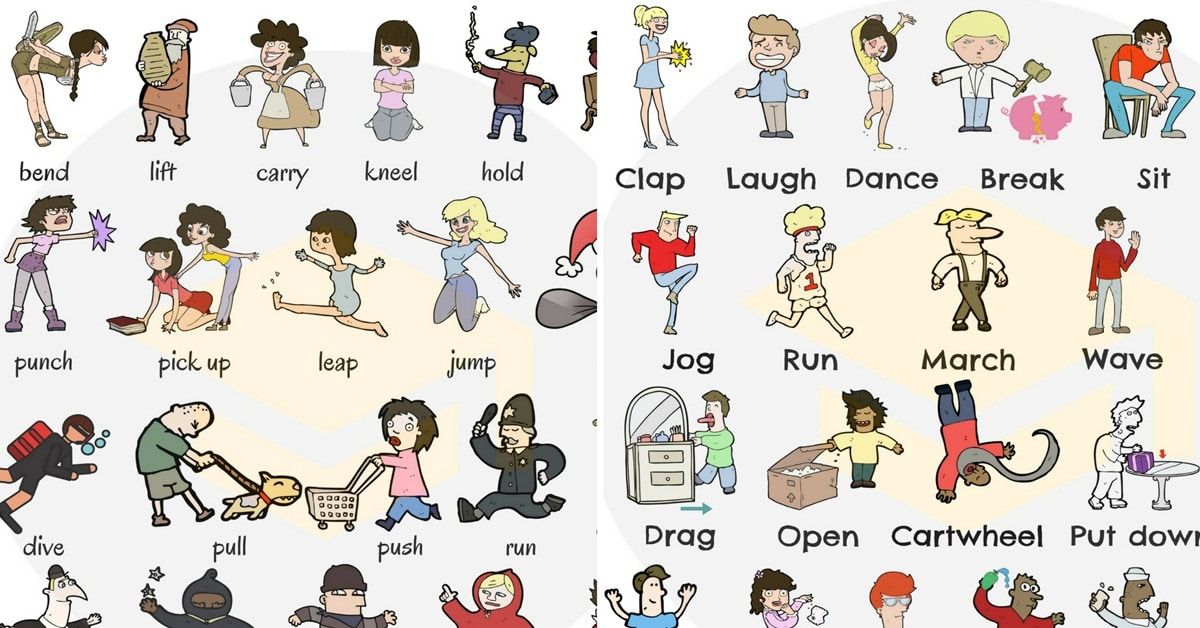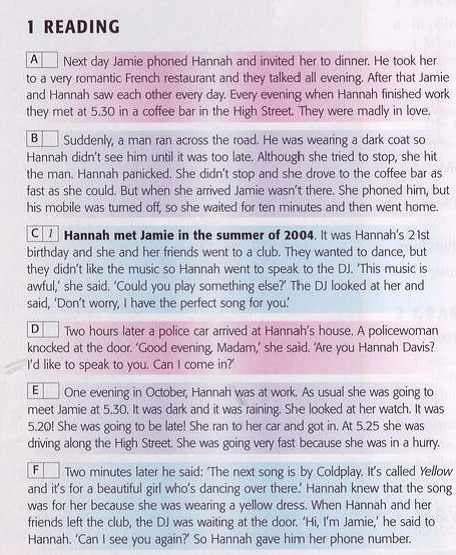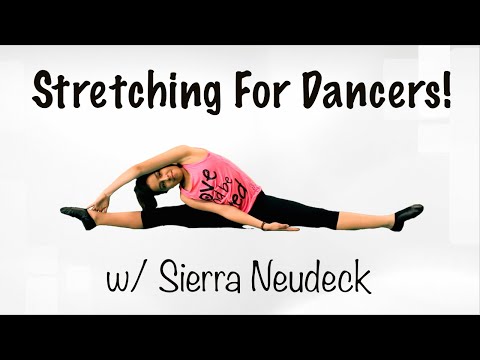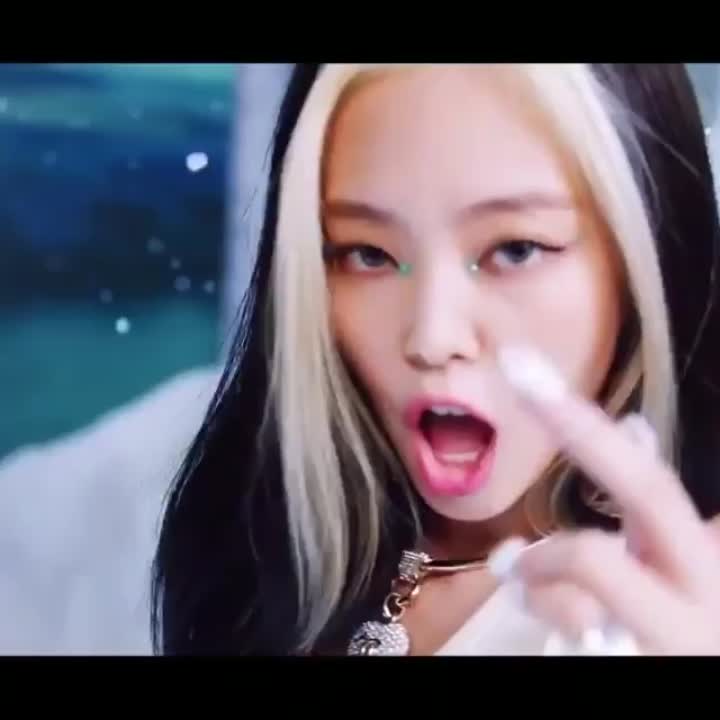How to describe dance movements
What are Dynamics in Dance? The Six Different Qualities of Movement – Move Dance Learn
Often in dance, we can mainly focus on technique and technique alone without any thought for the dimension of expression. It is far easier to teach students in steps and movements, but what separates a good dancer from a great one is the ability to interpret a piece of music in movement. It takes an understanding of the music and how it makes you feel, the emotion it evokes, and how it can be interpreted through dance. To do this well dancers, teachers and choreographers need to have a good understanding of dynamics, what they are and how to use them in their work and performance.
Dynamics in dance describe the quality of a movement or set of movements. There are six main movement qualities in dance that aim to describe dynamics in dance. These qualities are swinging, suspended, vibratory, sustained, percussive and collapsed.
Each dynamic can be performed individually, but to create interesting and compelling dance, we use them in combination to compliment as well as contrast each other.
Qualities of Dynamics in Dance
1.
 SWINGING MOVEMENT
SWINGING MOVEMENTSwinging movements are one of the most fun to perform because they heavily rely on the pull of gravity to propel your movement from one side to another. Although they can be performed vigorously and aggressively if called for, they mostly remind me of joyful skipping or monkeys traversing from tree to tree!
Swinging Dynamic Definition:
A swinging dynamic in dance is a quality of movement that creates arches or circular shapes. It uses the pull of gravity on the body to create a pendulum-like forward and backward motion. In dance swinging our bodies can also mean oscillating up and down, from corner to corner or round and round.
Words that can describe swinging movements:
sway, shift, pendulate, waving, spinning, twirling, arch, circular, round, oscillate, teeter-totter, swivel, switch, undulate, whirl, rock, roll, pivot, seesaw, fluctuate, teeter, waver, dangle
2.
 SUSPENDED MOVEMENT
SUSPENDED MOVEMENTSuspended movement I find harder to perform as it requires a lot of balance, muscle control, and or thrust to be able to hold your body for a moment at the peak of its movement which is why in my video tutorial and examples I focus on suspending walking and body parts. When I think of suspended movement I imagine those dancers who mid-leap seem to be able to defy gravity and almost pause in the air for a second or the dancer who seems to be able to hold that arabesque on pointe right on the edge of teetering over for that extra moment. The suspended dynamic also reminds me of pretending to be an astronaut in space on earth as you try to recreate that sense of weightlessness as you bound from the ground reaching a peak in your walk and then slowly drift back down.
Suspended Dynamic Definition:
A suspended dynamic in dance is a quality that emphasizes the peaks of movement through the effort of holding, lingering, and hovering before pulling back.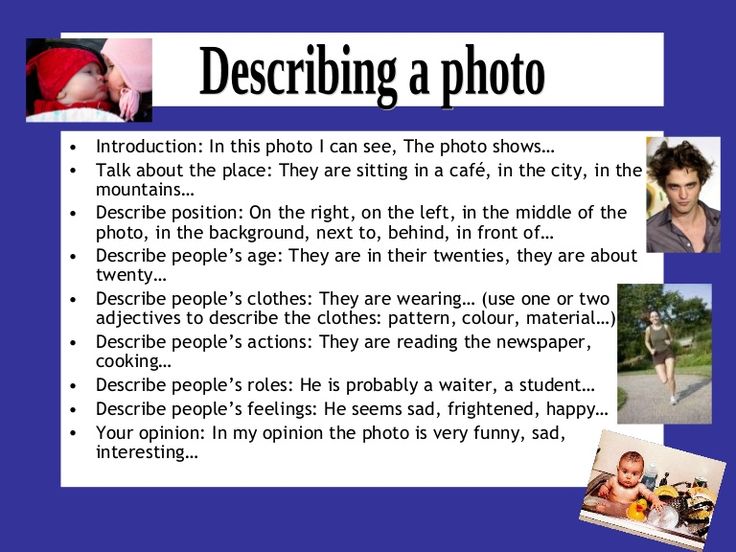 The dancer suspends their motion in mid-air to create the illusion of defying gravity.
The dancer suspends their motion in mid-air to create the illusion of defying gravity.
Words that can describe suspended movements:
weightless, hanging, buoyant, float, peak, hovering, rise, defy gravity, levitate, drift, linger, cling,
3. VIBRATORY MOVEMENT
Vibratory movements basically make everything wiggle and wobble whilst performing them. A true vibration is one that moves back and forth at an incredible speed, but because our bodies can move in multiple directions we can also vibrate them in various ways! We can also choose to vibrate our whole bodies or isolate one or several parts or sections to vibrate.
Vibration Dynamic Definition:
A vibratory dynamic in dance refers to rapid movements that are continuously moving to and fro.
The reverberation could be forwards and backward, side to side, up and down – whatever inventive way a dancer is able to move their bodies. A dancer may make their whole body shake and tremble or the vibration could involve quivering an arm, shaking their head very fast, or even thrashing a leg.
Words that can describe vibratory movements:
flicker, palpitate, ripple, stagger, thrash, toss, waggle, wiggle, librate, wobble, vacillate, fluctuate, flutter, quiver, reverberate, shiver, shudder, pulsate, pulse, convulse,
4. SUSTAINED MOVEMENT
When I think of sustained movement I immediately think of tai chi or ballet. I imagine the slowness and steadiness of a group of people in a park, moving in unison, taking time and care with their movement or of the ballet dancer at a barre slowly unravelling their leg into a develope or arabesque and controlling their movement as they bring their leg to the ground and back into 5th position. Sustained movement in these respects seems calming and serene, but remember the quality of the dynamic can also be changed by the context for example someone performing a fight scene in slow motion or pretending to be stuck in honey or glue and trying to get out! That being said it could also be argued that fast movement that is continuous and flowing could also be described as sustained
Sustained Dynamic Definition:
The sustained dynamic in dance refers to a continuous and flowing movement where a dancer’s motion is constant, even, and smooth. Although the sustained dynamic is best observed and demonstrated through slow controlled motion it can also describe fast movement where a dancer is able to keep their movement even, constant, and steady but at an increased speed.
Words that can describe sustained movements:
Controlled, smooth, held, even, constant, continuous, uninterrupted, steady, endless, connected, unfaltering, unceasing, unbroken, gradual, heavy, delayed, flowing, maintained, non-stop, unbroken, connected, seamless,
5. PERCUSSIVE MOVEMENT
I find using the Percussive dynamic in dance requires a high level of cardio vascular fitness, especially if you intend to use it for long periods of time compared to using any of the other five dance dynamics.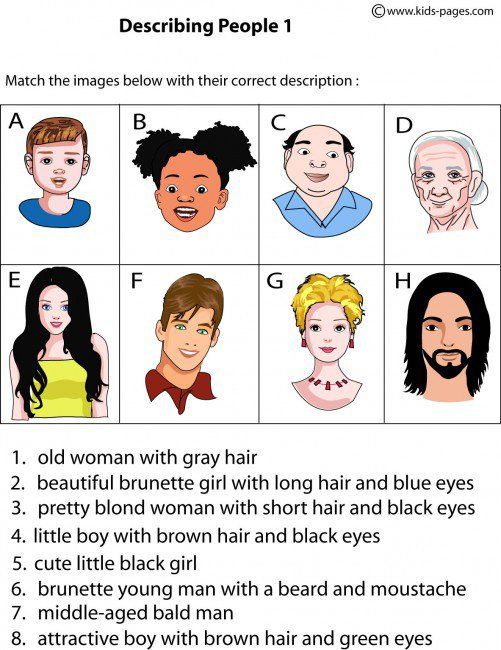 This is because to produce this quality in your movement you need to exert a lot of force and energy throughout your body and limbs.
This is because to produce this quality in your movement you need to exert a lot of force and energy throughout your body and limbs.
Some styles of dance that use a lot of percussive movement are commercial jazz, jazz dance, and hip hop. Tap dance by nature is percussive as the dancer creates staccato beats and sounds with their feet, but a tap dancer’s upper body movements are not generally percussive in style, rather they are fluid drawing from the suspensed, collapsing, and sustained dynamic forms. Ballet also uses percussive movement – think battements – and there is much repertoire that uses the dynamic when called for!
Percussive Dynamic Definition:
The percussive dynamic in dance refers to movements that are performed in a sudden, abrupt or sharp way. They have a strong and often assertive, quality as the dancer exerts energy and strength to produce stacatto like moves with their body.
They have a strong and often assertive, quality as the dancer exerts energy and strength to produce stacatto like moves with their body.
Words that can describe percussive movements:
Strong, sharp, strike, beat, sudden, bang, choppy, jagged, abrupt, hit, tap, staccato, assertive, forceful, vigourous, energetic, bold, fiesty, thump, thwack, punch, whack
6. COLLAPSED MOVEMENT
Collapsed movement could literally be named as one of the most recognisable elements of modern and contemporary dance. Well ok, so there are a lot more to those two styles of dance than just the concave body shape or the rolling of the spine but it is a heavily used element in these styles. This is mainly due to the fact that modern dance in particular was developed with an intention of being an alternative and contrasting style to ballet. In ballet you stand in turned out positions, aligned with impeccable posture, where as in modern and contemporary dance you stand in parallel, and although upright the tendency is to incorporate collapsed movement to emphasise concave or vexed positions of the upper torso and body – which is in stark contrast to classical dance.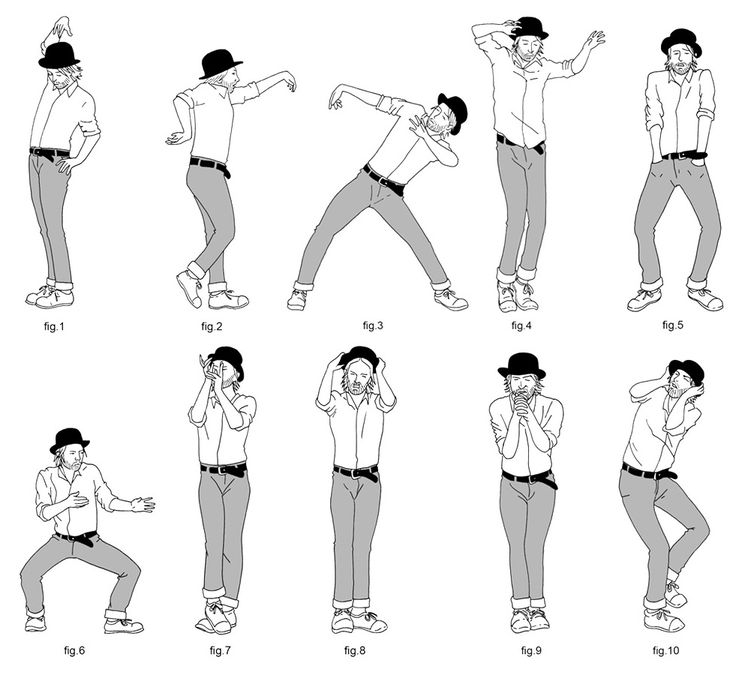
Collapsed Dynamic Definition:
The collapsed dynamic in dance refers to movements where a dancer lets go of tension in their body to produce a noticeable quality of release in their motion. The collapse can be performed in any downward direction and by the whole body or in isolation such as letting an arm fall from a raised position.
Words that can describe collapsed movements:
falling, release, concave, convex, cave in, sag, slump, flopping, crumple, crumble, faint, give way, sunken, incurved, incurvate
OTHER ELEMENTS OF DYNAMICS IN DANCE
The six qualities of movement dynamics described in this article help us to define the type of movements we can perform.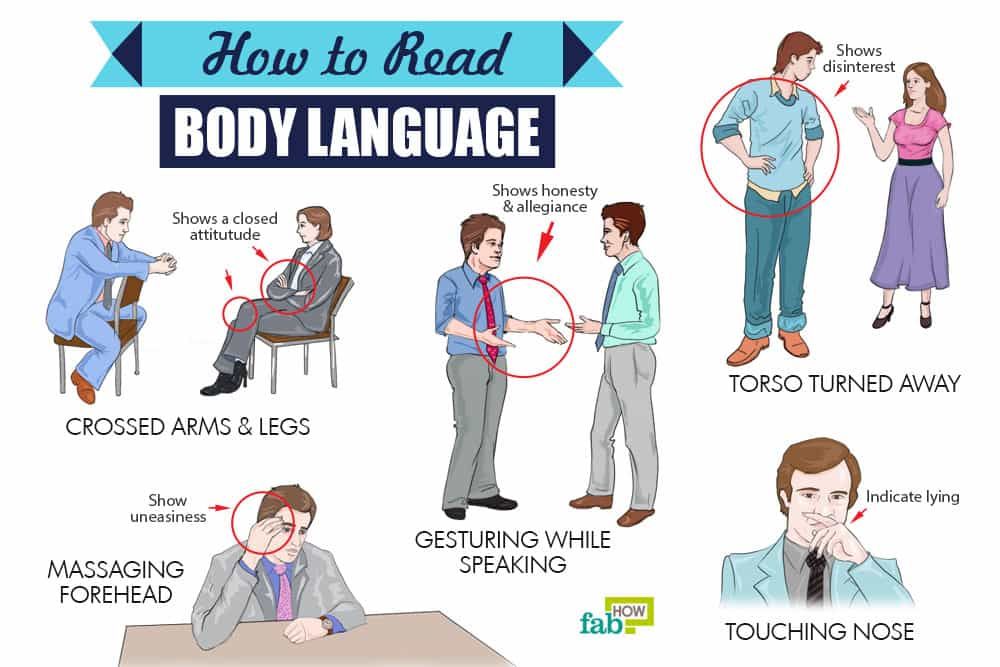 But the element of dynamics in dance can also refer to things such as:
But the element of dynamics in dance can also refer to things such as:
- Direction – Does the movement travel towards or away from the audience?
- Length – How long is the movement?
- Speed – How fast and quick is the movement?
- Rhythm – What kind of regularity? Does it reflect an upbeat or a downbeat, or other patterns?
- Weight – Is the movement light or heavy?
- Energy – Is the dancer’s energy high or low?
- Force – Is the movement in general strong or soft?
- Quality – What characteristics are within the movements? – swinging, suspended, vibratory, sustained, percussive, collapsed.
Dynamics are generally a topic that can be both demonstrated and discussed in an educational setting to develop a greater understanding and awareness of the elements that make up a dance piece. Not only can one use dynamics to describe or analyze movement, but also dancers themselves can use dynamics to describe their own style. This gives them a better understanding of their abilities within their art form.
Tweet
Recent Posts
link to 10 Best Dance Videos for Kids! (Free Online Tutorials)10 Best Dance Videos for Kids! (Free Online Tutorials)
Here at Move Dance Learn, we create dance videos for kids. We have so many to offer, but thought we would put together a list of our top ten dance tutorials for kids to make them easy for you to find...
Continue Reading
link to 10 Best Dance Videos for Kindergartners! (Online Tutorials)10 Best Dance Videos for Kindergartners! (Online Tutorials)
Here at Move Dance Learn, we create dance videos for toddlers, preschoolers and kindergartners. We have so many to offer, but thought we would put together a list of our top ten dance videos for...
Continue Reading
Words Used To Describe Movement In Performance
Senior Drama
ByJustin Cash UpdatedSenior Drama
This post may contain a small selection of relevant affiliate links. When you purchase a product from an affiliate link, I may receive compensation at no cost to you. See the disclosure page for more info.
When you purchase a product from an affiliate link, I may receive compensation at no cost to you. See the disclosure page for more info.
Here is a list of over 200 words I have compiled that will assist students of drama and theatre to describe the movement of actors in performance. Often as part of their coursework, students need to analyse the play making process of a piece of their own work or evaluate a performance by themselves or others. Questions about the use of movement by performers can also appear in written examinations.
| agile | hurry | slither |
| ahead | jab | slouch |
| amble | jog | slow |
| balance | jump | smash |
| barrel | languid | snake |
| behind | lazy | sneak |
| bend | leap | soar |
| bolt | left | south |
| bounce | leisurely | speedy |
| bound | lift | spin |
| brisk | light | sprint |
| burst | linear | sprint |
| careen | loiter | stagger |
| carve | lumber | stalk |
| catch | march | stamp |
| chase | meander | stately |
| chop | measured | step |
| clap | melt | stomp |
| climb | mosey | streak |
| clockwise | move | stretch |
| close | nimble | strike |
| crawl | non-linear | stroll |
| creep | north | strong |
| dance | open | strut |
| dart | over | sudden |
| dash | pass | swagger |
| dawdle | plod | sway |
| deft | pluck | swerve |
| deliberate | plummet | swift |
| dig | plunge | swing |
| direct | poke | swoop |
| dive | pose | tap |
| dodge | prance | throw |
| down | propel | tickle |
| downwind | pull | tiptoe |
| drag | punch | trot |
| drive | quick | trudge |
| drop | race | tumble |
| duck | ram | turn |
| east | right | twirl |
| edge | rise | twist |
| fall | roll | under |
| fast | run | up |
| flap | rush | upwind |
| flee | sail | waddle |
| flip | saunter | walk |
| flounce | scamper | waltz |
| fly | scramble | west |
| free | scuttle | whisk |
| freeze | shake | wiggle |
| gallop | shove | worm |
| glide | shrug | wriggle |
| grab | shuffle | wring |
| hang | skate | zigzag |
| heave | skip | zip |
| homeward | skitter | zoom |
| hop | slide | |
| hurl | slink |
Not sure of the meaning of a word on the list? Look it up in the dictionary.
The Art of Hearing the Dance: Practices of Foreign Schools of Audio Description / "Un Certain Regard"
Listen to the publicationTiflocommentary: color photograph. The figure of a red-haired dancer frozen in a jump against the backdrop of the sea. She has lush red hair and a slender three-quarter body. The girl is wearing a short tight-fitting black top with a closed neck and bare shoulders, shorts and a long translucent black skirt fluttering in the wind. She lifts the edge of her skirt with straight outstretched arms. The dancer seems to be standing in the air on her left knee, her right leg is bent and raised high up. She tilted her head slightly and looked down.
"Dance is a poem, every movement in it is a word." This statement is attributed to the famous adventurer and dancer Margareta Gertrude Zella, whom the whole world knows under the name of Mata Hari. But the words of such a poem are not available to everyone. Already from the very definition of the word "dance" - the art of plastic and rhythmic movements of the body - it is obvious that vision plays a big role in its perception.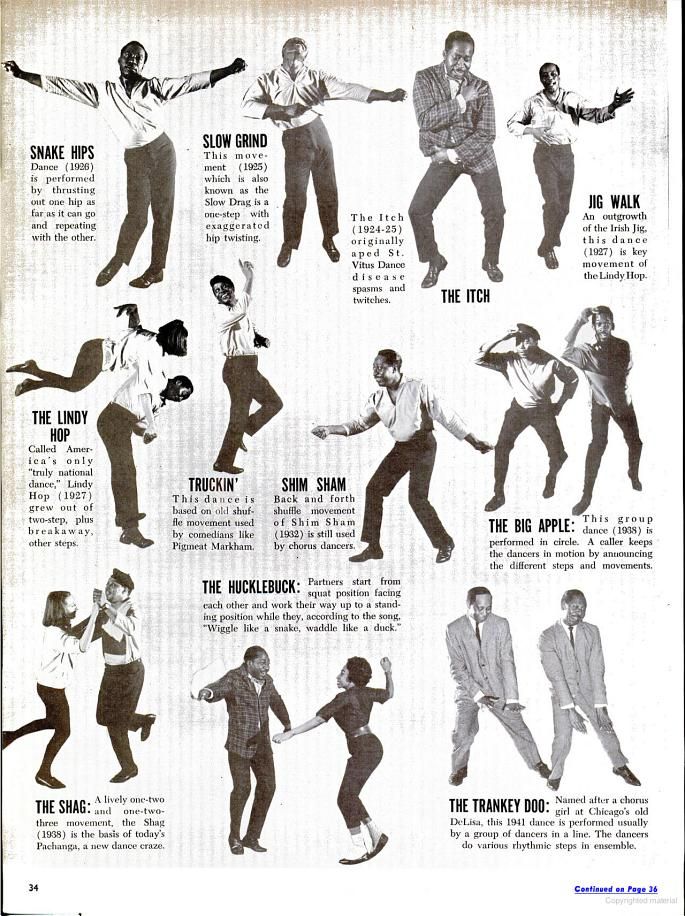 What remains if you do not see the movements of the dancers? Music? Strained breathing? Rustle of clothes? The sound of footsteps? Can all this interest the viewer and give him pleasure?
What remains if you do not see the movements of the dancers? Music? Strained breathing? Rustle of clothes? The sound of footsteps? Can all this interest the viewer and give him pleasure?
Audio description (which in our country is called audio commentary) is a way to convey the beauty of dance to people who, for one reason or another, cannot see it. Joel Snyder, one of the leading experts in this field, calls audio description a form of literary work and likens it to a haiku. With just a few words, the audio descriptor creates a verbal copy of the visual image, translates the visible into the audible. Bright, figurative words draw vivid pictures before the mind's eye of the listener.
“Dance is not just movement,” says Iris Permuy Hercules de Solas, audio descriptor for dance TV shows on a Spanish TV channel. “Dance conveys feelings and moods. This is artistic art. The dancer draws pictures with his whole body, creates ephemeral masterpieces that the audio descriptor must have time to consider and describe.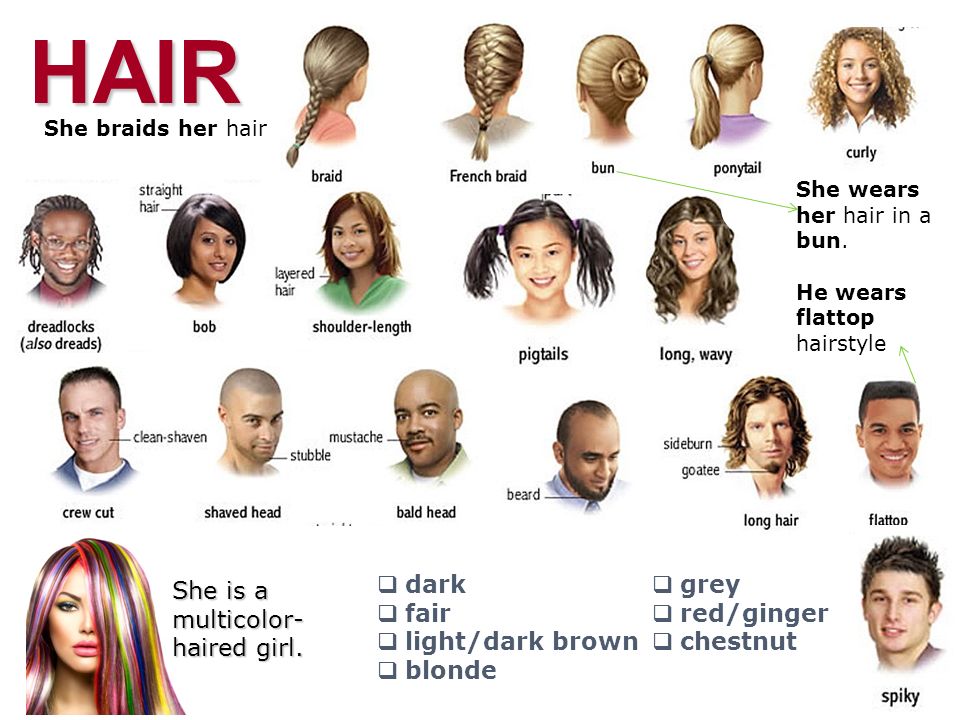
“The entire visible universe is movement,” said dance teacher and theorist Rudolf von Laban. To describe this movement to someone who does not see it is not an easy task. However, it is quite doable.
Anne Hornsby, one of the UK's first audio descriptions, has described many theater productions, including the famous Mamma Mia! and Les Misérables, believes that special choreographic education is not required: “Only the usual skills of verbal description are needed. The ability to briefly, but figuratively express their thoughts; attentiveness and observation; the ability to convey the mood of the work; the ability to meet the allotted time - that's what really matters. At the same time, the soundscape and music cannot be drowned out – the viewer must hear their breathing.”
Do all dances need to be described? In the back of the hall, a barefoot girl is dancing a contemporary dance. She wears knee-high athletic trousers and a loose gray T-shirt. She stands on a straight right leg, the left straight leg is raised to the level of the waist and laid aside, the body is tilted to the opposite side, the right arm bent at the elbow is raised up, the left is wound behind the back.
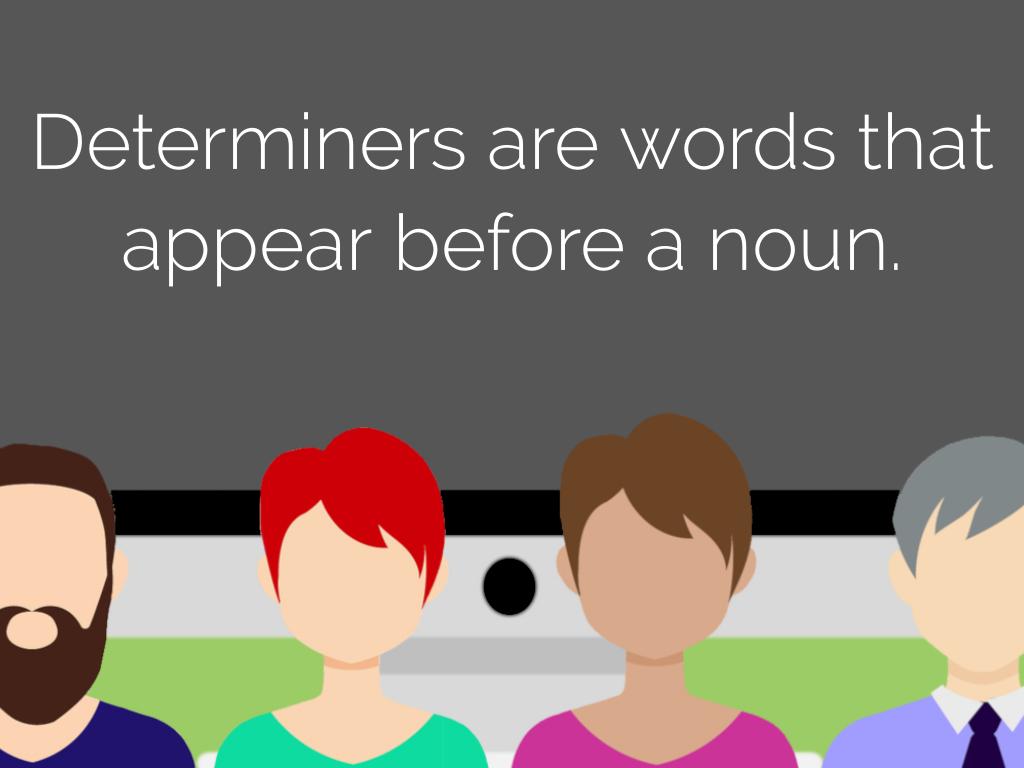 The operator shoots the girl's dance on a video camera.
The operator shoots the girl's dance on a video camera. If we are not talking about an independent dance production, but about an episode of a play or a film, then, on the advice of the leading specialist in audio description of dance, the author of the Talking Dance manual, Louise Fryer, you need to ask yourself an important question: what role does this dance play? Is it necessary for the development of the plot? Perhaps he somehow reveals the character of the characters? Maybe he tells about the relationship between the heroes of the production? Do these relationships change after or even during the dance? Or does the dance simply fill in a pause in the play so that the actors can change for the next scene? Does dance contribute to creating a certain atmosphere? For example, it can immerse us in a historical era.
During the same performance or film, we can see different types of dance that serve completely different purposes. The audio descriptor must understand the intent of the scriptwriter and director and, depending on this, choose a way to describe this or that dance.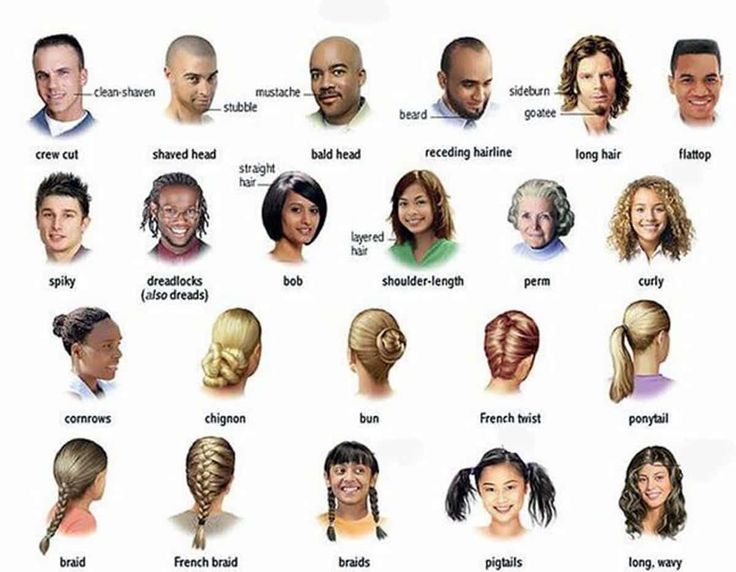 “The choreographer and director can help a lot by sharing their vision,” says Louise Fryer. “It’s also good to be present at the rehearsal.”
“The choreographer and director can help a lot by sharing their vision,” says Louise Fryer. “It’s also good to be present at the rehearsal.”
Photo: Tim Gouw
Tiflocommentary: seashore, cloudy sky and bright orange rays of the setting sun. Five girls dance on the platform, they run one after another in a circle: the left hand is raised up, the hand is turned with the palm to the sky, the right hand is bent at the elbow and directed forward with the palm away from you. All of them are in white corsets tightened on the back with thin straps. Four girls are wearing light long light skirts with a fluttering frill at the bottom, while the fifth girl is wearing a more fluffy light skirt with rows of frills along the entire length. She rises high from quick movements, under the skirt of the dancer there are light tights with lace.
Audio description is a kind of translation (intersemiotic or intersemiotic, according to the classification of R.O. Jacobson). As Bruce Metzger wrote: “Translation is the art of choosing the right thing to lose. ” These words fully apply to the description of the dance. Depending on its goals and the plot of the work, sometimes you need to focus on the technique of the dancers, sometimes on the costumes, sometimes on the behavior of the characters during the dance, and in some cases it is enough just to say that the characters are dancing without going into details, so how they can distract from the development of the plot.
” These words fully apply to the description of the dance. Depending on its goals and the plot of the work, sometimes you need to focus on the technique of the dancers, sometimes on the costumes, sometimes on the behavior of the characters during the dance, and in some cases it is enough just to say that the characters are dancing without going into details, so how they can distract from the development of the plot.
The well-known film translator Aleksey Kozulyaev repeatedly emphasizes that the audio descriptor is part of the "collective author" of an audiovisual work, and each addresses the viewer in his own language: costume designers - in the language of costumes, the composer - in the language of music, actors - in the language of words, facial expressions and gestures, the director - in the language of images, etc. All together they create a single work. The task of the audio descriptor is to merge into the structure of this collective author so that his “language” organically fits into the general choir.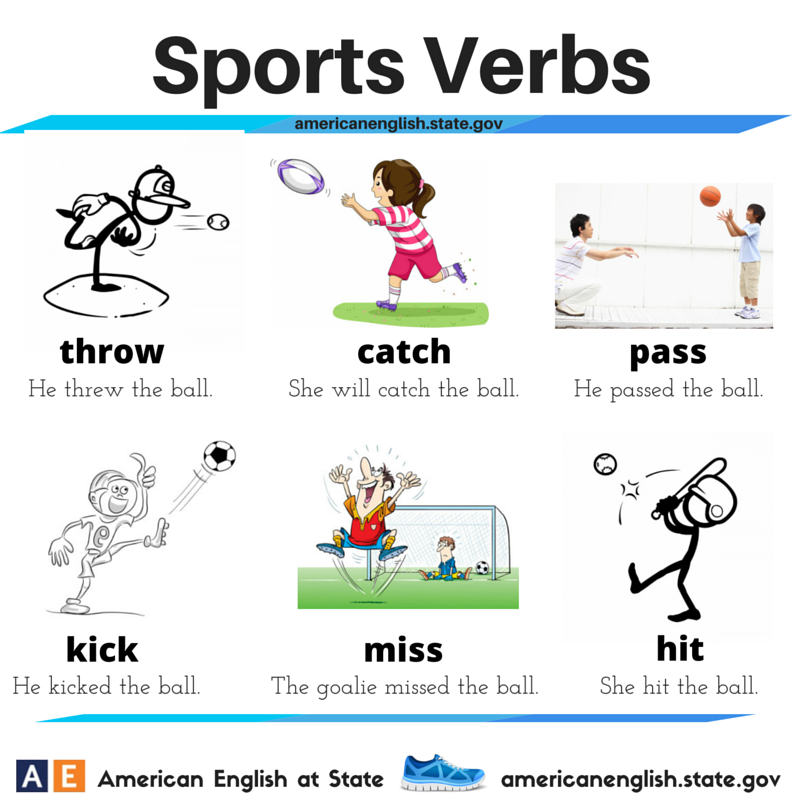
It must be remembered that a person comes to a performance or a cinema to relax and enjoy. Therefore, you can not overload the viewer with an abundance of details. An overly detailed description can be accurate, but it also confuses viewers and distracts from the plot.
Choice of word
The dancers themselves say that when you dance for real, you involuntarily discover that you don't have enough words, and there are not enough concepts in any language of the world to convey your feelings. Isadora Duncan, for example, said: "If you could explain something in words, there would be no point in dancing it." No wonder they say that dance is like love: this state can be felt, but it is very difficult to describe.
“You need to create verbal pictures of the movements of the dancers,” says Ann Hornsby, “but in a way that does not sound like a dry description of physical exercises.” Iris Permuy Hercules de Solas adds: "It takes a rich vocabulary to describe it colorfully, gracefully, energetically, sadly, just like the dance itself.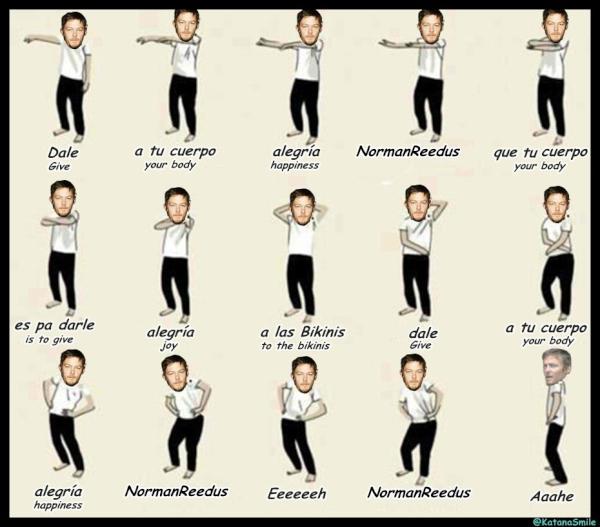 "
"
Tiflocommentary: color photograph. Scene. The dancer in a black suit stands with his back to the audience, his right leg is set aside on his toe, his left hand is extended to the dancer, who is flying back in a jump with her arms spread apart. She looks at the dancer and smiles broadly. She is wearing a white suit: a tutu with a flat skirt, a leotard with thin straps with golden embroidery in the center, white leggings and pointe shoes. The dancers are watched by performers dressed as villagers. In the depths of the stage, in the blue twilight, there are scenery with buildings and the silhouette of a tilted ship.
The choice of the right word is the most important moment in the description of the dance, according to all specialists. “For people who are far from choreography, the most terrible thing is the special terminology,” says Louise Fryer. - Knowledge of professional terms will not hurt. Describing, say, architecture, we want to show the difference between the Norman arch from the Gothic or the Ionic order from the Corinthian. By the same logic, it is important for us to know whether this ballet rotation is a pirouette or not. Of course, not everyone may know what a pirouette is (although there may be experts in the auditorium), however, if we use a special term, we thereby emphasize that it is ballet on stage, and not ballroom dancing.
By the same logic, it is important for us to know whether this ballet rotation is a pirouette or not. Of course, not everyone may know what a pirouette is (although there may be experts in the auditorium), however, if we use a special term, we thereby emphasize that it is ballet on stage, and not ballroom dancing.
Anne Hornsby stresses that the meaning of the terms must be clarified. Sometimes, when describing a ballet, it is useful to make an introduction before it begins and explain there what the words “pirouette”, “arabesque”, “fuete”, etc. mean.
Ann Hornsby explains: “The meanings of some words are clear without explanation. However, if possible, brief explanations do not hurt. But what you should not do is just list professional terms and dance moves. The viewer simply does not have time to comprehend all this in a short time. In addition, such a technical description will not say anything about the quality of the movement, its speed, the plot of the dance, the emotions of the hero and his motives.
Laban's movement analysis
The well-known choreographer, dance theorist, teacher Rudolf von Laban developed a movement analysis system that is still used today. He discovered that any dance step exists in four dimensions, or factors: space, time, dynamics and flow. Therefore, the process of motion analysis begins with finding out the following main points: where the motion occurs; why the movement occurs; how the movement occurs; What are the traffic restrictions? All this will help the audio descriptor to find the right words.
It is relatively easy to describe a dance that has a story. However, as von Laban noted, “modern dance may lack a clear story. It is often impossible to convey the content of the dance in words, although the movements themselves can always be described.
He further explains: “An actress playing the part of Eve can pick the forbidden fruit in different ways, while her movements will express different emotions. She can seize the fruit greedily and quickly, or slowly and sensually. But when we describe movement as “greedy,” “sensual,” or “dispassionate,” we are not really talking about what we see. The viewer at this moment sees a fast and sharp or slow and sliding movement of the hand. And already the imagination interprets the actions of Eve as greedy or sensual.
But when we describe movement as “greedy,” “sensual,” or “dispassionate,” we are not really talking about what we see. The viewer at this moment sees a fast and sharp or slow and sliding movement of the hand. And already the imagination interprets the actions of Eve as greedy or sensual.
Joel Snyder notes that von Laban is essentially referring to the fundamental principle of audio description: "Describe only what you see." “It's important to be precise,” Snyder explains, “but the description needs to be alive so that the listener paints the picture in their own mind. You need to be objective, using precise and figurative words, while avoiding interpretation. That is, our Eve “plucks an apple with a sharp, impetuous movement of her hand,” and not “with a mixed expression of greed and guilt on her face.”
Tiflocommentary: color photograph. Light walls, gray door, padlocked. To the left, a diagonal of a metal staircase with a railing rises up. Halfway up, a ballerina in a black leotard with lace-trimmed straps and a cutout at the chest. She stands on her right leg, with her right hand extended forward, holding on to the parapet, her left leg and left arm raised at an angle of 45 degrees and laid parallel back. The body is turned towards the viewer, the back is strongly concave. Her hair is pulled back into a bun, and on her feet are flesh-coloured pointe shoes.
Dance is the language of tradition
Description of traditional dances is a separate line of audio description. Dr. Doning Liang of the Hong Kong Audio Description Association has extensive experience in describing Chinese dances, in particular the famous Lion Dance. One of the difficulties is that completely different people will listen to the description: both those who are familiar with this dance and those who hear about it for the first time.
“I'm not just describing the dance,” says Doning, “I'm sort of acting as a teacher for blind people. The Lion Dance is one of the world's most famous performances of Chinese traditional culture.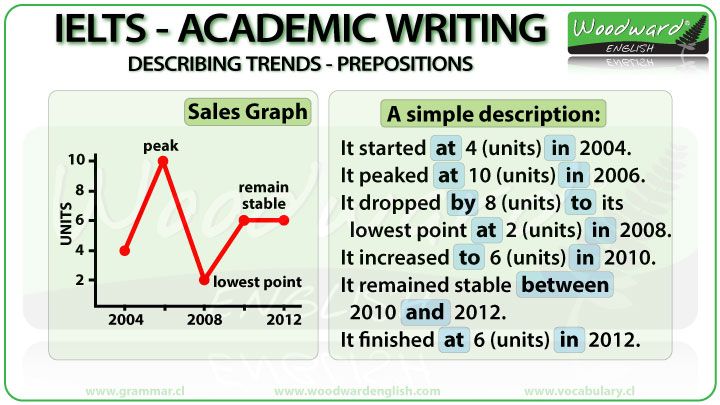 Everyone should have the opportunity to learn more about him.”
Everyone should have the opportunity to learn more about him.”
Rudolf von Laban stated: "Everything that happens in the theater is not limited to what is happening on the stage and in the auditorium: between these two poles there is a continuous flow of magnetism." But what if this interaction between the stage and the audience is interrupted because the audience cannot fully perceive the action taking place? Audio description is a way to restore the lost connection and redirect this flow of energy from the actor to the viewer.
Basics of classical dance
Classical dance is the basis of the choreography. Classics allows you to learn all the subtleties of ballet art, to feel the harmony of movements and music. Many will think why do the “old” when there are many new modern trends. But you need to understand that everything new originates from the dances of past centuries. So the classics absorbed all the most elegant movements from folk and everyday dances of several centuries, gradually improving the positions of the arms and legs, the position of the head and body. All dance movements in classical dance have names in French, so dancers from different countries can easily understand each other. Classical dance classes allow you to develop flexibility, coordination of movements, strengthen the musculoskeletal system, promote endurance, physical and intellectual development, and also teach control your body. Various combinations allow you to dance beautifully and elegantly, even if it is simple movements of the hand, foot or head.
Children who go in for classics are corrected and laid down the correct posture, some cases of spinal curvature are corrected. Often, even experienced dancers of various dance styles continue to practice the classics, because its foundations are universal. In classical dance classes, they teach the basic positions of the arms and legs, the correct position of the body, introduce professional terminology and the history of the development of ballet, educate musicality, develop stability and coordination, and also prepare small classical performances in the form of etudes, adagios or various variations.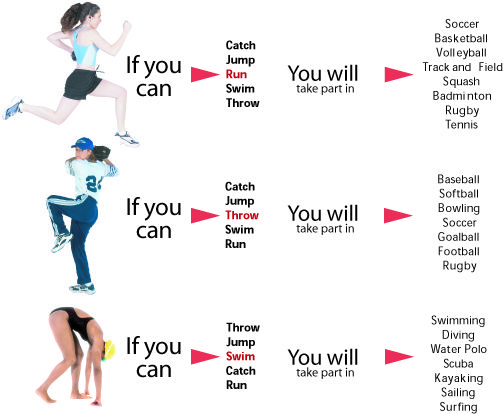 All movements in classical dance are based on turnout - one of the most important qualities in the classics, which is simply necessary for any stage dance. Turnout and step development are necessary regardless of the height to which the leg is raised, turnout seems to hold the leg, leads it to the desired position, contributing to the purity of plastic movements and smoothing the angles formed by the heels when lifting the legs. Insufficiently flexible knee, ankle and instep hamper the free movements of the legs, making them cramped and unexpressive. Based on turnout, there are five foot positions in classical dance. Moreover, in all these positions, not only the feet are twisted, but the legs completely, starting from the hip joint. Regular long-term flexibility and endurance training allows you to take the necessary positions without much effort.
All movements in classical dance are based on turnout - one of the most important qualities in the classics, which is simply necessary for any stage dance. Turnout and step development are necessary regardless of the height to which the leg is raised, turnout seems to hold the leg, leads it to the desired position, contributing to the purity of plastic movements and smoothing the angles formed by the heels when lifting the legs. Insufficiently flexible knee, ankle and instep hamper the free movements of the legs, making them cramped and unexpressive. Based on turnout, there are five foot positions in classical dance. Moreover, in all these positions, not only the feet are twisted, but the legs completely, starting from the hip joint. Regular long-term flexibility and endurance training allows you to take the necessary positions without much effort.
When starting to practice, you need to remember about the stance, because nothing will work if you do not stretch the body vertically, avoiding a bent or arched spine, and do not distribute the weight between the legs. It takes a lot of patience and time to develop correct posture. You should never forget about your posture - neither during classical lessons, nor during independent training, nor on any other day. Classical dance, like many others, is not only a set of movements, it needs to be revived, emotions and feelings must be put into it. And as soon as strong feelings are revealed in the dance, the impression of it changes to a large extent, it fascinates with its plastic expressiveness, leaving complete aesthetic pleasure.
It takes a lot of patience and time to develop correct posture. You should never forget about your posture - neither during classical lessons, nor during independent training, nor on any other day. Classical dance, like many others, is not only a set of movements, it needs to be revived, emotions and feelings must be put into it. And as soon as strong feelings are revealed in the dance, the impression of it changes to a large extent, it fascinates with its plastic expressiveness, leaving complete aesthetic pleasure.
In the 17th century (1701), the Frenchman Raoul Feuillet created a system for recording the elements of classical dance. These terms are recognized by experts in the field of world choreography and at the present time. Knowledge of technical terms speeds up the learning process. This is the international language of dance, the ability to communicate with choreographers, understanding of special literature, the ability to briefly record training combinations, lessons, etudes, floor exercises, compositions.
Choreographic terminology - a system of special names designed to indicate exercises or concepts that are difficult to briefly explain or describe.
Exercise at the support or in the middle - This is a set of training exercises in ballet that contribute to the development of muscles, ligaments, and the development of coordination of movements in the dancer. Exercises are performed at the “machine” (attached to the wall with brackets) and in the middle of the training hall every day. Exercises consist of the same elements.
- demi plie - (demi plie) - incomplete "squat".
- grand plie - (grand plie) - deep, big "squat".
- relevé - (relevé) - "lifting", lifting to a rack on socks with lowering to the IP in any position of the legs.
- battement tendu - (batman tandyu) - "stretched" sliding movement of the foot into the position of the foot on the toe forward, to the side, back with a sliding movement returning to IP.
- battement tendu jeté - (batman tandyu jeté) "throw", swing to the downward position (25 °, 45 °) with a cross.
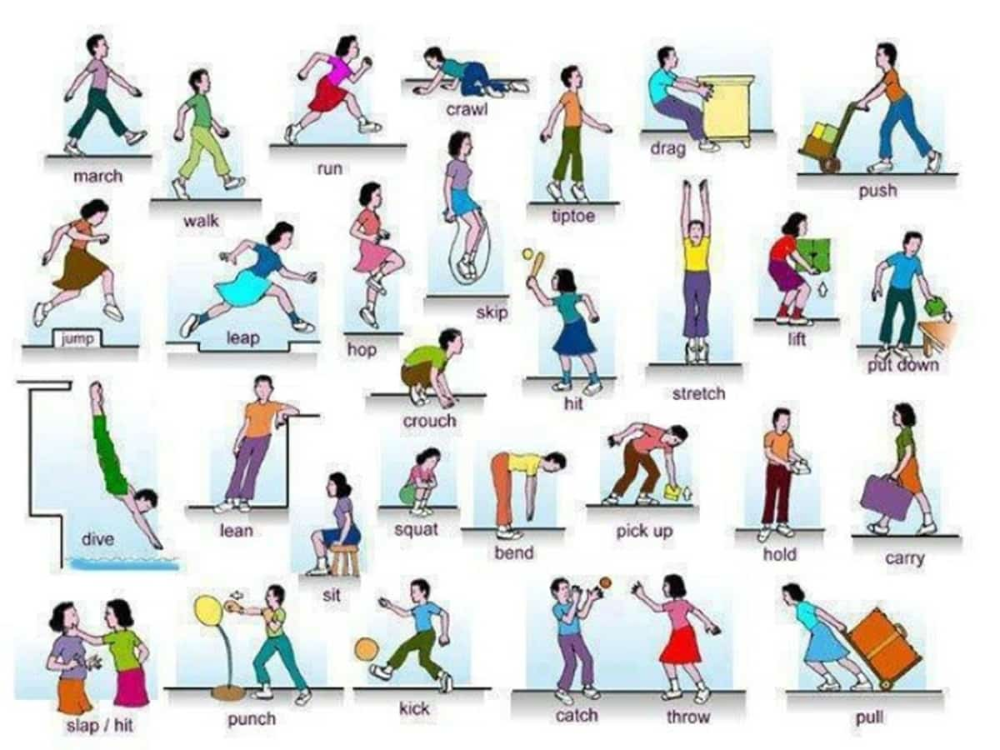
- demi rond - (demi rond) - incomplete circle, semicircle (toe on the floor, 45 ana 90 ° and above).
- rond dejamb parterre - (rond de jamb par terre) - a circle with a toe on the floor a circular movement of the toe on the floor.
- rond de jamb en l'air - (rond de jamb en l'air) - circle with the foot in the air, stand on the left right to the side, circular movement of the lower leg out or in.
- en dehors - (andeor) - circular movement away from oneself, circular movement outward in the hip or knee joint, as well as turns. 10.en dedans - (andedan) - circular movement towards oneself, circular movement inward.
- sur le cou de pied - (sur le cou de pied) - the position of the leg on the ankle (at the narrowest point of the leg), the position of the bent leg on the ankle joint in front or behind.
- battement fondu - (batman fondue) - "soft", "melting", simultaneous flexion and extension of the legs in the hip and knee joints.
- battement frappe - (batman frappe) - “hit” - a short kick with the foot on the ankle joint of the supporting leg, and quick extension in the knee joint (25 °, 45 °) to the toe or downward position.

- petit battement - (petit battman) - "little blow" - alternately small, short foot strikes in the cou-de-pied position in front and behind the supporting leg.
- battu - (botyu) - "beat" continuously, small, short blows to the ankle joint just in front or behind the supporting leg.
- double - (double) - "double", • battement tendu - double heel pressure • battement fondu - double half-squat • battement frapper - double blow.
- passe - (passe) - "to pass", "to pass", the position of the bent leg, the toe at the knee: in front, to the side, behind.
- relevelent - (relevant) - "raise" slowly, smoothly slowly on the count of 1-4 1-8 raising the legs forward, sideways or back and higher.
- battement soutenu - (hundred batman) - “fused” - from a stoic on toes with a half squat on the left, right, sliding forward to the toe (back or to the side) and sliding back to the IP.
- développe - (develope) - “opening”, “deployed”, from the stoic to the left, right with a sliding movement to the bent position (toe at the knee) and its extension in any direction (forward, side, back) or higher.

- adajio - (adagio) - slowly, smoothly includes grand plie, develope, revelant, all types of balances, pirouettes, turns. A fused bundle for 32, 64 accounts.
- attitude - (attetyud) - posture with the position of the bent leg behind, stand on the left, right to the side - back, lower leg to the left.
- terboushon - (terboushon) - a pose with the position of the bent leg in front (front attitude) stoic on the left, right forward, lower leg down to the left.
- degaje - (degaje) - "transition" from the rack to the left right forward to the toe, stepping forward through the semi-squat in IV position, straightening up, standing on the right, left back, on the toe. From the rack on the left right to the side on the toe, step to the side through the semi-squat in II position, the rack on the right, left to the side on the toe.
- grand battement - (grand batman) - "big throw, swing" 90 ° and higher through the position of the foot on the toe.
- tombée - (tombé) - "fall" from a toe stand in the fifth position lunge forward (to the side, back) with a return to the IP in a sliding motion.
